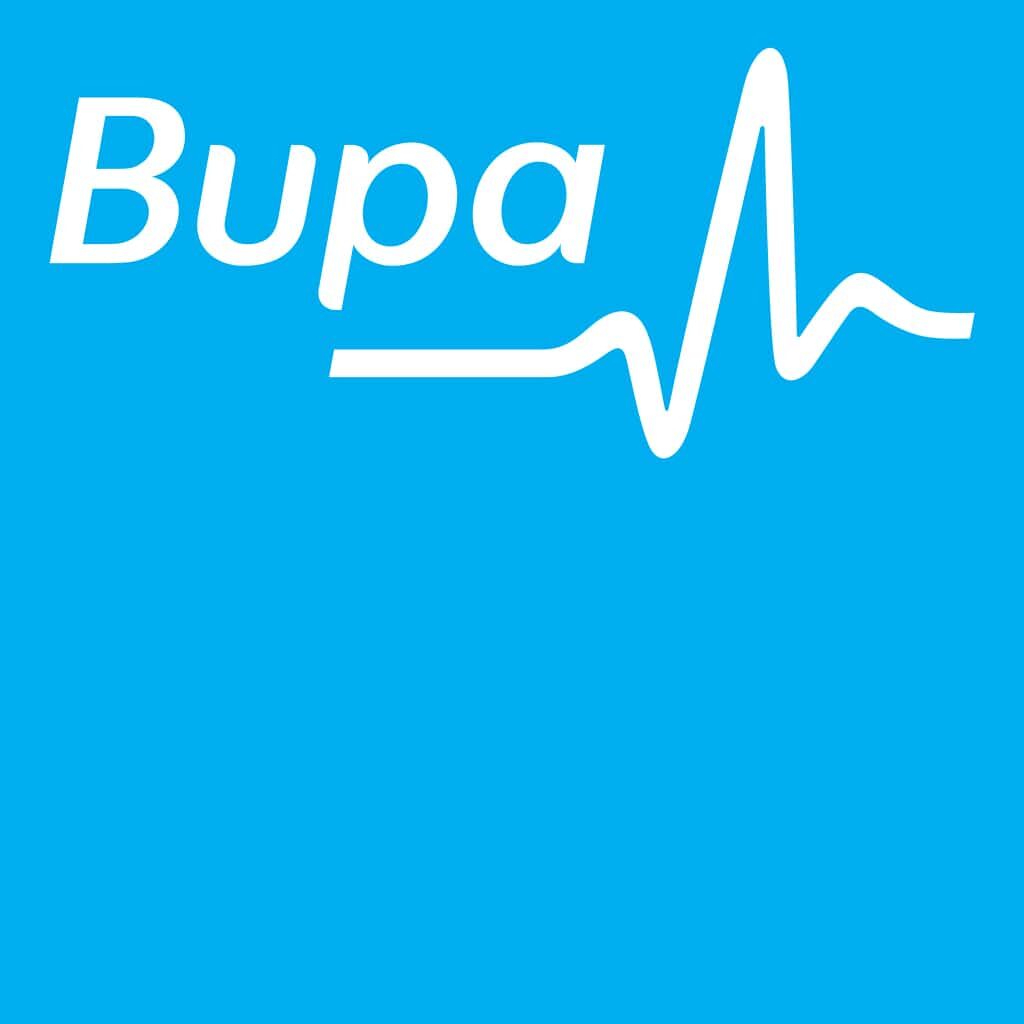A few of my patients have asked advice on exercise and training do’s and don’ts whilst in isolation particularly with so many options becoming available on the TV and via social media channels. More often than not (but check with me first if you’re not sure) I would recommend strength training.
IN SHORT
You should try and factor in some sort of exercise into your routine. It is important to go at your own pace and do what feels right for you. After all we don’t all have the youth and flexibility of Joe Wicks on our side!
Strength training is great for many aspects of your health and doesn’t require any investment. You can start slowly and build up without any equipment, using just your own body weight. It may even resolve some aches and pains that have been lingering and at risk of stating the obvious you will feel stronger and more easily manage the physical demands of daily life. Of course, always consult a health professional before starting if you have medical issues.

WHAT IS STRENGTH TRAINING?
Strength training uses resistance to oppose the force generated by muscles designed to improve your strength and endurance over time. Overtime, using progressively heavier weights or increasing the level of resistance makes muscles stronger.
Most people associate strength training with lifting weights and going to the gym but it is possible to implement regular strength training using just your own body weight which is particularly helpful whilst stuck at home during isolation.
WHAT ARE THE BENEFITS OF STRENGTH TRAINING?
Not only is strength training accessible and inclusive it also has a wide range of health benefits.
- Boosts your metabolic rate (the rate that your body burns calories).
- Improves your physical function (ability to perform basic and instrumental activities).
- Helps prevent / manage type 2 diabetes.
- Improves cardiovascular health (your heart).
- Reduces your blood pressure.
- Improves blood lipids (cholesterol levels).
- Helps manage chronic pain (lingering pain, normally lasting more than 12 weeks).
- Increases bone mineral density (bone strength).
- Enhances mental health.
- Reverses aging factors.
- Improves sleep.
- Oh yes – I almost forgot – It makes you look great too!
You can read more about some of the benefits of strength training by clicking on this link.
All in all, a solid strength training routine can offer you a range of physical and psychological benefits. Whether your creating your own routine or using one of the many public options available at the moment, it is important to remain active and moving.
HOW DO I GET STARTED?
There are many exercises that you can do without any equipment – just you, your bodyweight and some floor space. Here are just 5 that you could start with. You don’t have to start with the full version e.g. you can do a push up or a plank from your knees or squats against the wall.
- Push ups. Beneficial for upper body strength. They work your arms and shoulders, particularly the triceps and pectoral muscles. When done with proper form they also strengthen the lower back and abdominal muscles. They will help to give you beautifully sculptured arms.
Stretch out your entire body and is great at strengthening your core. A strong core helps prevent back pain and helps your whole body function optimally. - Squats. Strengthen your core and lower body. You will notice how much more easily you get out of a chair, walk up the stairs, run or climb up a hill.
- Lunges. Great for lower body strength and stability. They improve hip mobility and make your butt look great.
- Bear Walk. Is a complete exercise that strengthens your upper and lower body in one go. If you only have time for one exercise do this one.
It is crucial that you adopt the correct position when carrying out these exercises. Runtastic.com an Adidas sponsored site has a great visualisation of exercises highlighting the correct and incorrect positions.
Remember, to take it easy and build your exercise routine up gradually listening to your body as you go. The Harvard Medical School highlight the below six top tips when strength training safely.
- Focus on form, not weight.
- Good tempo retaining control of movement.
- Breathe.
- Keep challenging your muscles.
- Practice regularly.
- Give your muscles time off.
You can read up on these tips in more detail by clicking this link. It is essential that you work on all areas of your body – front and back, upper body and lower body. If you focus on one area only you will build up muscle imbalances that may lead to injury.
Another must to prevent injury is to make sure you warm up properly, building it into your routine before starting any exercise.
Here’s a useful video to show you a full body warm-up routine before carrying out a bodyweight exercise.
ACTIVITES
Now it’s up to you. Try building a regular exercise routine into your day. Little and often is much better than one huge weekly workout. The current national guidelines for physical activity recommend strengthening exercises for all major groups including legs, hips, back, chest, abdomen, shoulders and arms at least twice a week.
One set of 8 – 12 repetitions of the same movement per session is effective although some evidence suggests that two to three sets may be better. Don’t forget that your muscles need at least 48 hours to recover between strength training sessions.
If you would like anything further explaining or have any questions before you get started please do not hesitate to contact me on gail@twyfordchiropractic.co.uk or call 01962 717817.
RESOURCES AND ADDITIONAL READING
10 Health Benefits of Strength Training That Are Backed By Science. An article by Myoleanfitness.com
Six Tips For Safe Strength Training. An article posted by Harvard Medical School.
Full Body Training Preparation: A Better Way to Warm-Up. An article by Jarlo Ilano (MPT, OCS) on GMB.io.
Strength Training: Get Stronger, Leaner, Healthier. An article by Mayo Clinic Staff on Mayoclinic.org.
Regular exercise benefits immunity – even in isolation. An article on Science Daily from the University of Bath.
Right & Wrong: Most Common Bodyweight Exercise Mistakes. An article by Hana Medvesek on Runtastic.com
Bodyweight Exercises for Beginners: The 5 “Basics” and What to Do Instead. An article by Ryan on GMB.io.






